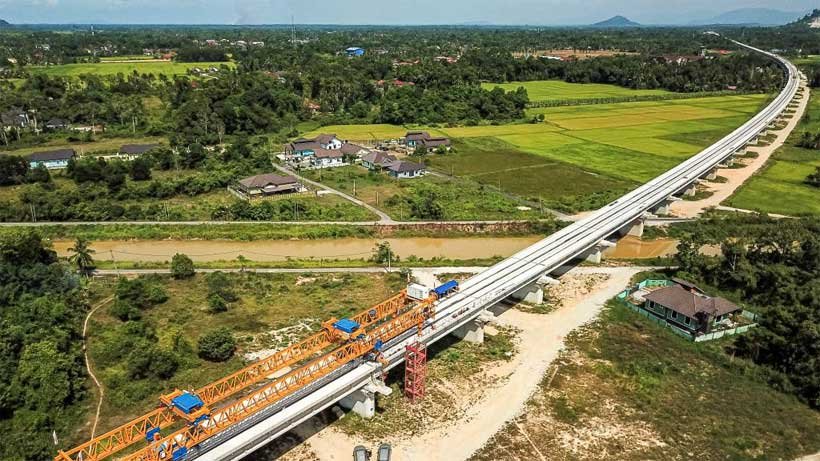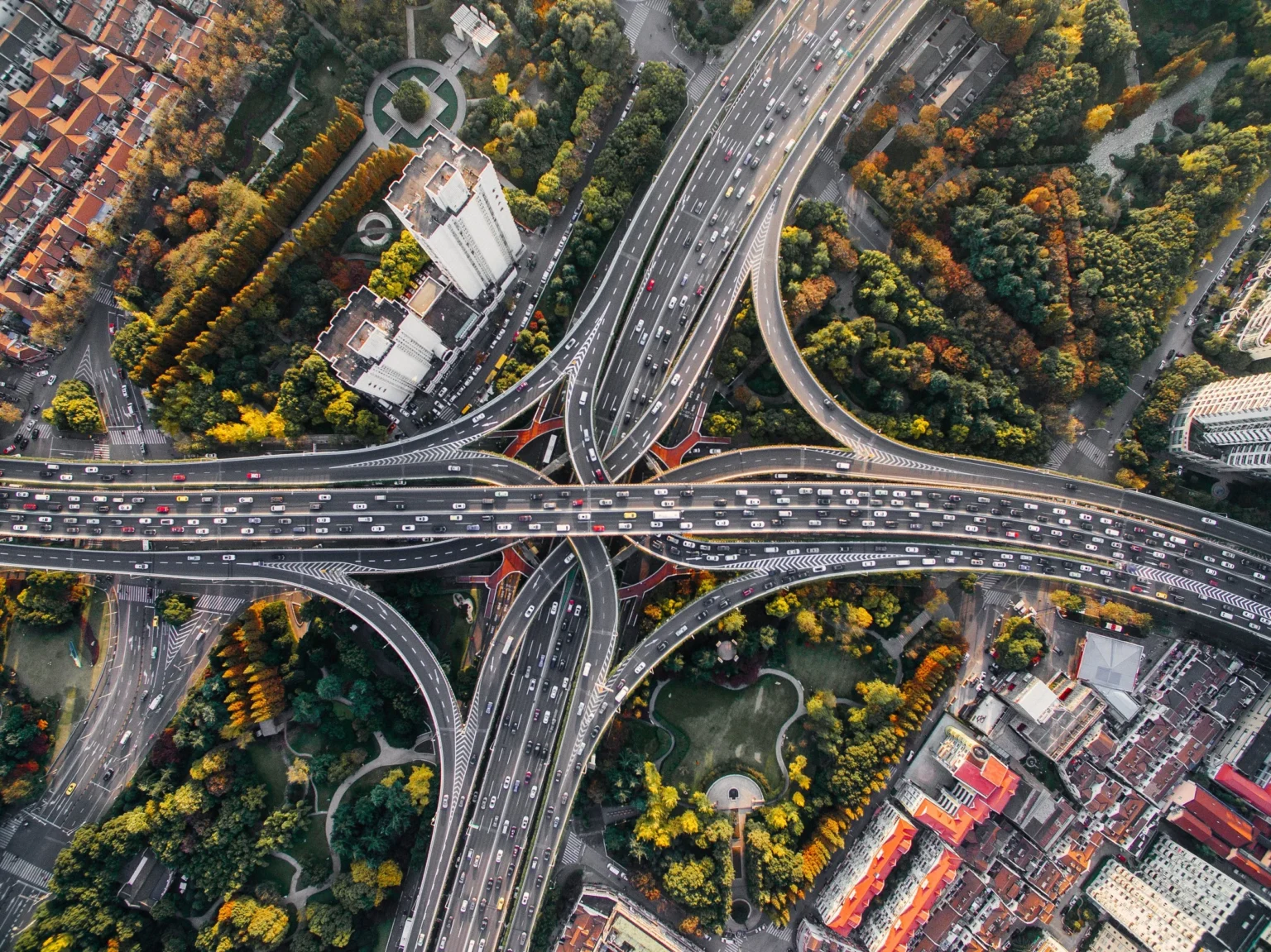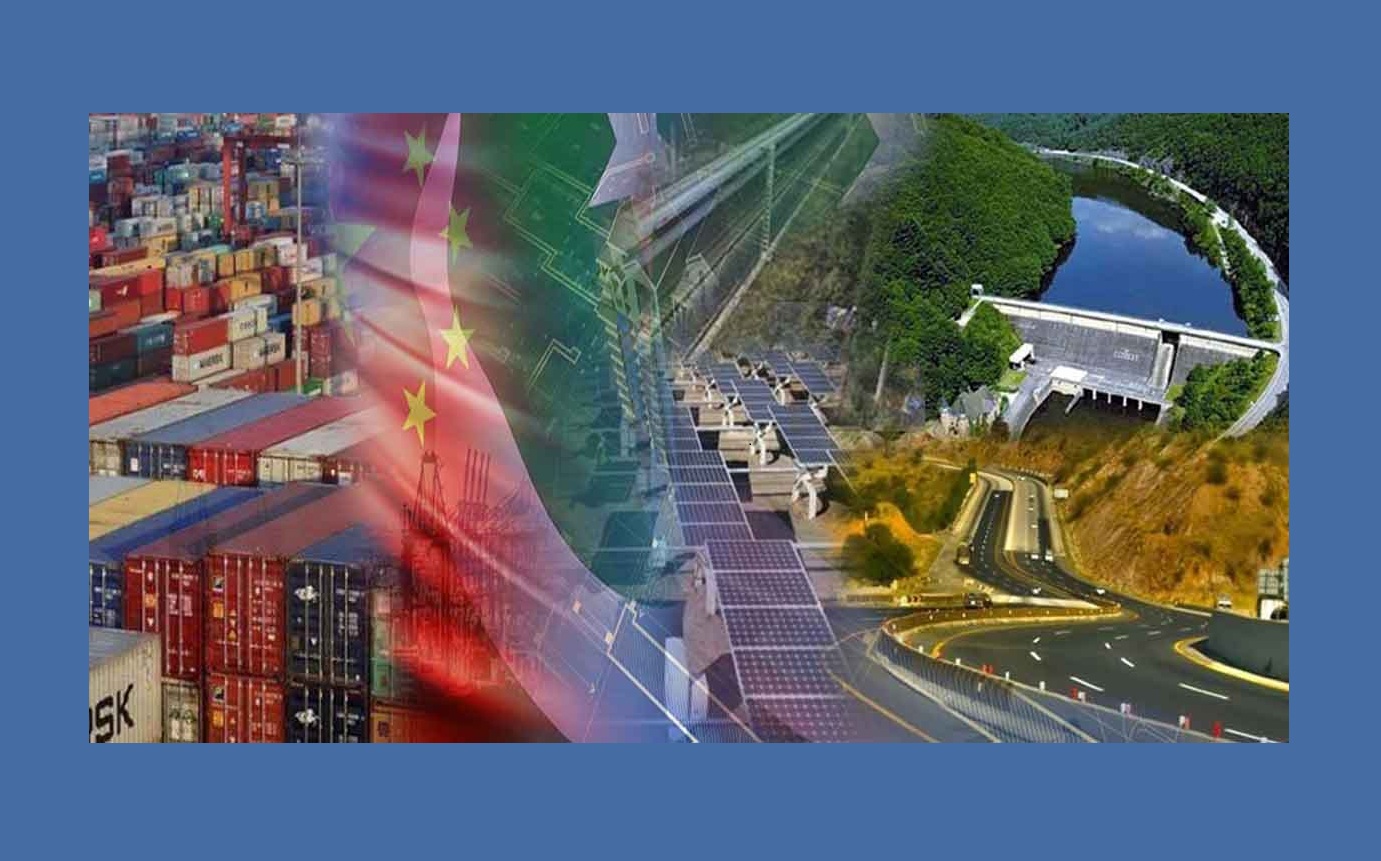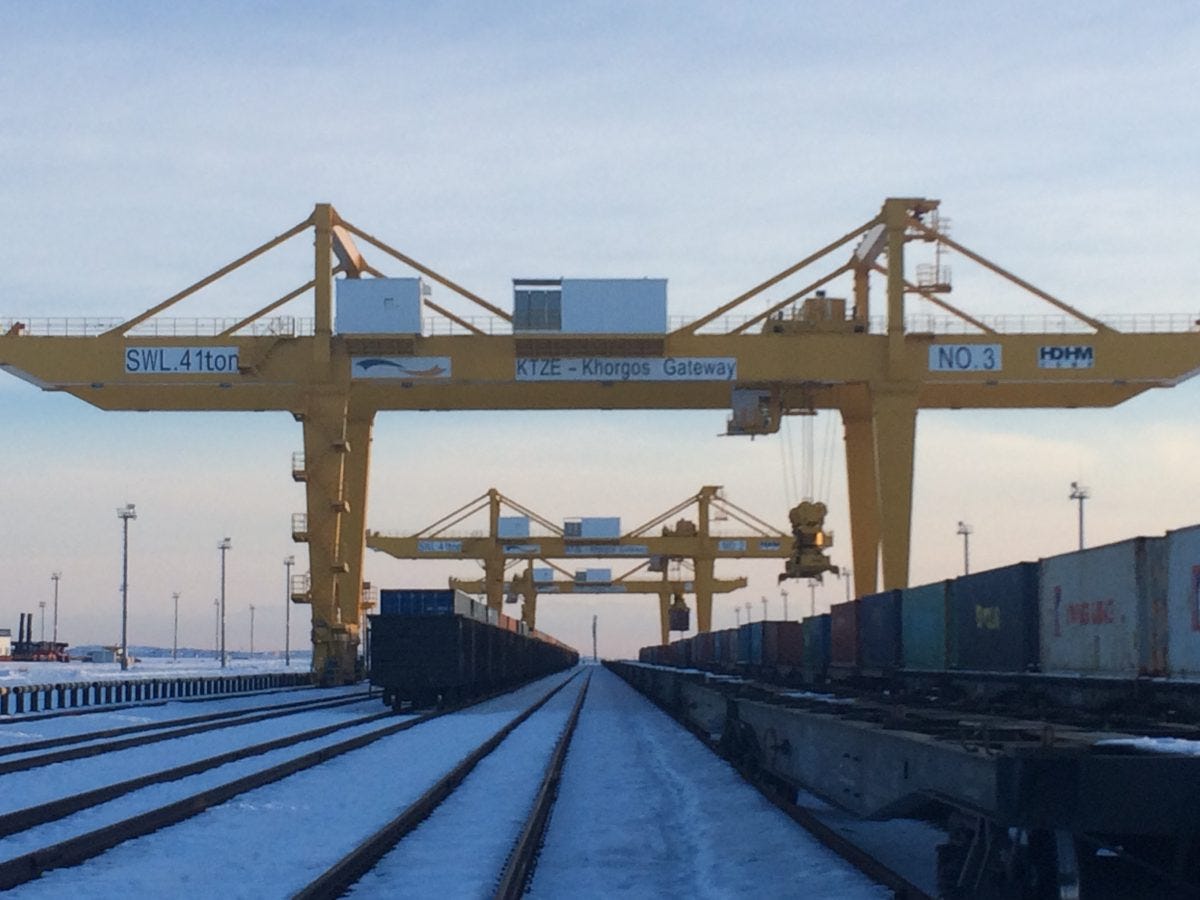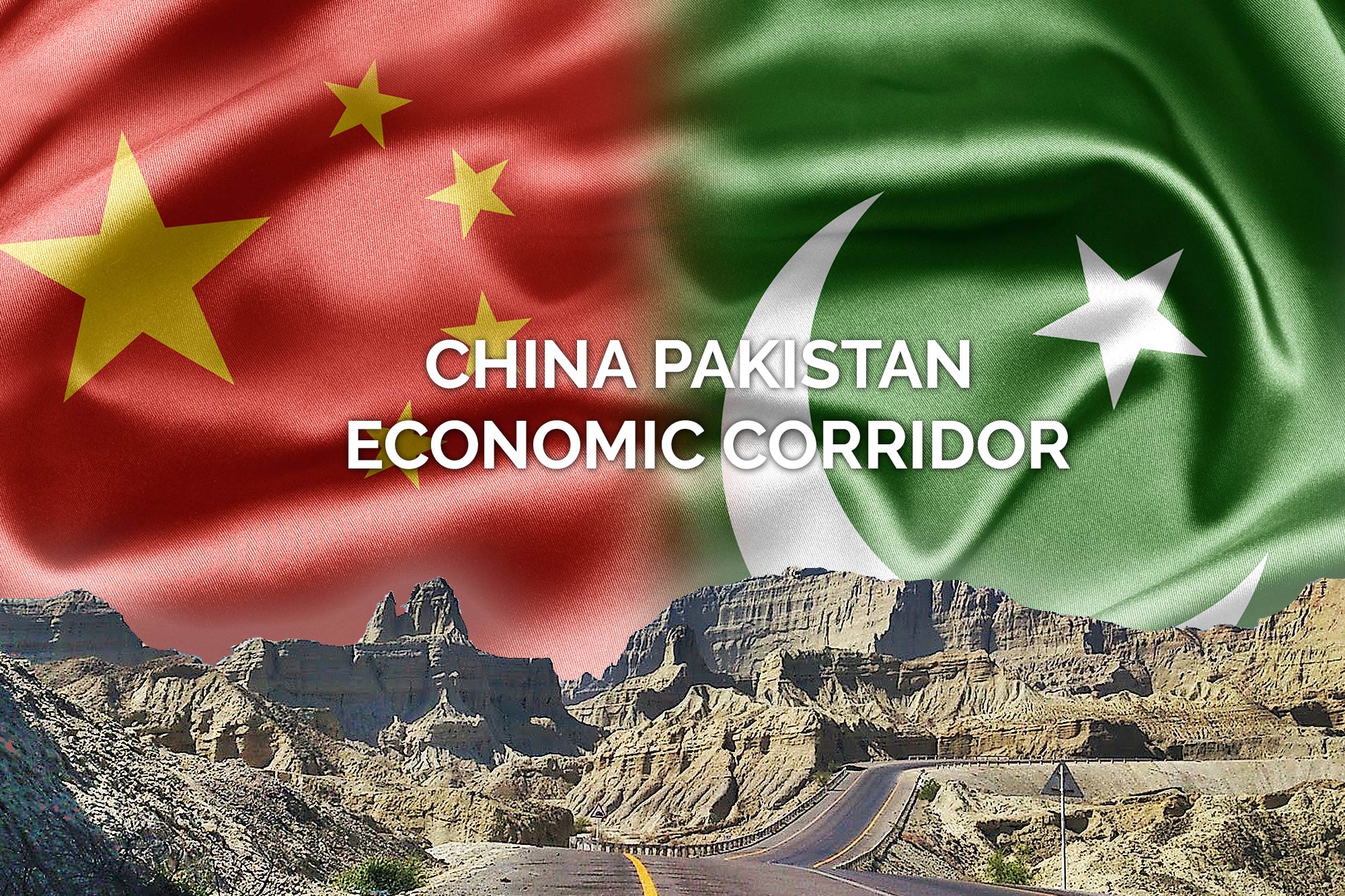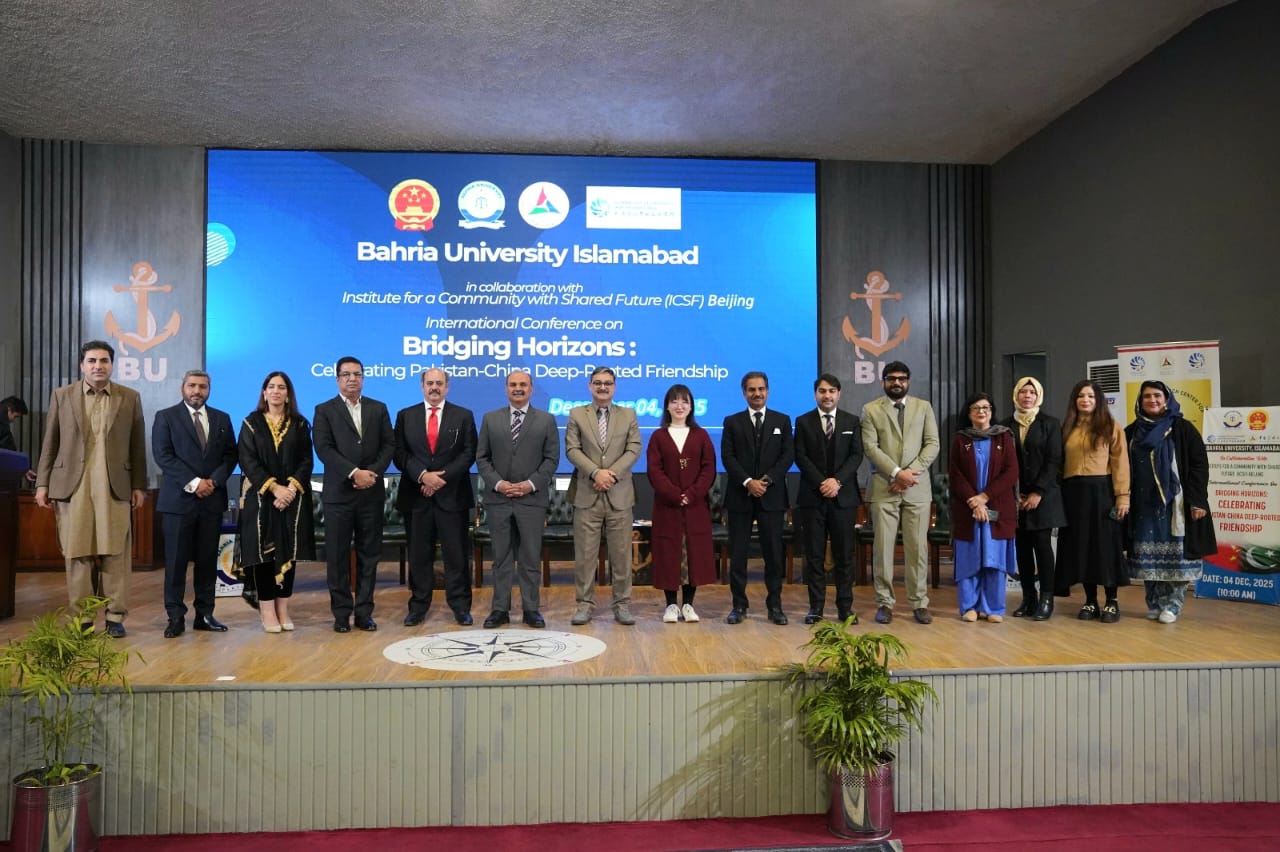As the world prepares for the 30th Conference of the Parties (COP30) in Belém, Brazil, in 2025 — a pivotal moment for global climate governance — it is becoming ever clearer that sustainable development cannot be achieved by technology or diplomacy alone. It requires law.
In the discourse of sustainability, we often speak of innovation, finance, and political will. Yet, behind every successful environmental policy or social reform lies a legal framework — a structure that defines rights, sets responsibilities, and holds the powerful to account. As we approach the midpoint between the Paris Agreement’s implementation phase and the 2030 Sustainable Development Goals (SDGs) deadline, the nexus between law and sustainability has never been more crucial.
From Pledges to Practice
The SDGs form a universal commitment to end poverty, protect the planet, and ensure peace and prosperity for all. However, without binding legal instruments, these goals risk remaining lofty aspirations rather than actionable realities. International law provides the architecture through which these commitments can gain traction — through environmental conventions, human rights treaties, and governance norms.
In recent years, a growing body of scholarship has emphasized that the SDGs did not emerge in a legal vacuum. They are deeply intertwined with existing international obligations on climate, biodiversity, labour, and equity. Each of the 17 goals carries implicit legal dimensions — from the right to clean water and decent work to gender equality and climate justice. The task ahead is to make these rights enforceable.
As COP30 approaches, this challenge takes center stage. Nations must now move from pledges to practice — aligning national laws with international climate commitments. The Paris Agreement’s goals of limiting global warming to 1.5°C cannot succeed without domestic legal reforms that mandate emission reductions, protect ecosystems, and ensure transparent accountability.
A World Divided: The Global North and South
The uneven application of sustainable development law exposes a deeper global divide. The Global North, historically responsible for most greenhouse gas emissions, possesses robust environmental legislation, advanced regulatory systems, and the financial capacity to implement green transitions. The Global South, by contrast, often faces weak legal infrastructures, resource constraints, and competing development pressures.
This imbalance is not merely economic — it is legal. Many developing countries lack the institutional capacity to translate international commitments into enforceable national frameworks. As a result, while global conferences produce ambitious declarations, the absence of legal mechanisms in many parts of the Global South leaves those ambitions unrealized.
Bridging this divide requires legal cooperation, capacity-building, and equitable access to climate finance. It also demands a shift in perspective: law should not be seen as a constraint on development but as a catalyst for sustainable transformation. When legal systems protect natural resources, ensure fair trade, and safeguard community rights, they lay the foundation for inclusive growth that benefits all.
The upcoming COP30 in the Amazon region — a symbol of both ecological wealth and vulnerability — offers an opportunity to rebalance this narrative. It must champion legal frameworks that respect national sovereignty while reinforcing shared global responsibility.
Climate Law: The Next Frontier
Across the world, a quiet revolution in climate law is underway. From carbon pricing and green taxation to environmental justice statutes and corporate disclosure requirements, countries are embedding climate action into their legal systems. The European Union’s “Green Deal,” Brazil’s forest protection laws, and emerging climate litigation in Africa and Asia are reshaping the global legal landscape.
However, climate law must evolve beyond environmental protection to encompass social and economic justice — the essence of the SDGs. The transition to a low-carbon economy must be guided by laws that ensure no community is left behind. Workers in fossil fuel industries, for instance, need legal protections for a just transition; indigenous populations require legal recognition of their land rights; and youth must be given legal standing to defend their future in courts of law.
At COP30, countries must commit to embedding these principles in their domestic legal orders. The law should not only regulate emissions — it should empower transformation. It must become the backbone of climate-resilient development.
Sustainable Development Through the Lens of Justice
The pursuit of sustainable development is ultimately a question of justice — intergenerational, social, and environmental. Law is the bridge that connects moral aspiration to tangible accountability. Through it, the global community can define not just what must be done, but how and by whom.
This legal vision of sustainability operates on three interlocking principles:
- Intergenerational Equity – Laws must safeguard the rights of future generations, ensuring that today’s progress does not destroy tomorrow’s potential.
- Integrated Governance – Legal systems must harmonize economic, social, and environmental objectives, moving beyond fragmented, single-sector policies.
- Accountability and Participation – The public must have the right to information, to participation, and to legal remedies when sustainability is compromised.
The United Nations Development Programme (UNDP) consistently highlights that the rule of law is a cornerstone of human development. A society governed by transparent and inclusive laws can deliver growth that is both equitable and enduring. The same principle applies globally: international cooperation, underpinned by fairness and legal accountability, is the key to collective survival in an age of climate crisis.
The Youth and the Future of Law
For my generation — students, young lawyers, and activists — the law represents not bureaucracy but possibility. It is the most potent instrument we have to reshape the systems that govern our planet. Young people across continents are already turning to legal mechanisms to demand climate justice and sustainability reforms.
This youth-driven movement is rewriting the narrative of global governance. It is no longer a matter of waiting for political leaders to act; it is about ensuring that laws compel them to do so. The energy of youth, when combined with the precision of law, can turn global declarations into durable change.
As COP30 approaches, youth must continue to push for inclusive, forward-looking climate legislation — one that links the SDGs to human rights and climate justice. Education systems, particularly law schools, should prepare students not only to interpret laws but to design them — to draft future-proof legislation that aligns development with dignity.
From Words to World
The future of sustainable development depends on transforming international promises into domestic legal realities. Law provides the continuity that politics often lacks — it turns the temporary will of governments into enduring commitments to people and planet.
The time for voluntary pledges is over. The next phase of the sustainability journey demands legal enforceability — from emission limits to corporate accountability, from human rights protection to resource governance.
At COP30, the global community must recognize that sustainability is, above all, a legal project. A shared framework of justice — not charity — will define the success of our global efforts. The law must become the language through which we speak of the planet’s survival, the medium through which equity becomes practice, and the promise through which future generations inherit hope.
Mr. Qaiser Nawab, a global peace activist, is a distinguished international expert specializing in the Belt and Road Initiative (BRI), Afghanistan, Central Asia and founder of the Belt and Road Initiative for Sustainable Development (BRISD), a newly established global think-tank headquartered in Islamabad, in conjunction with the one-decade celebration of BRI.

